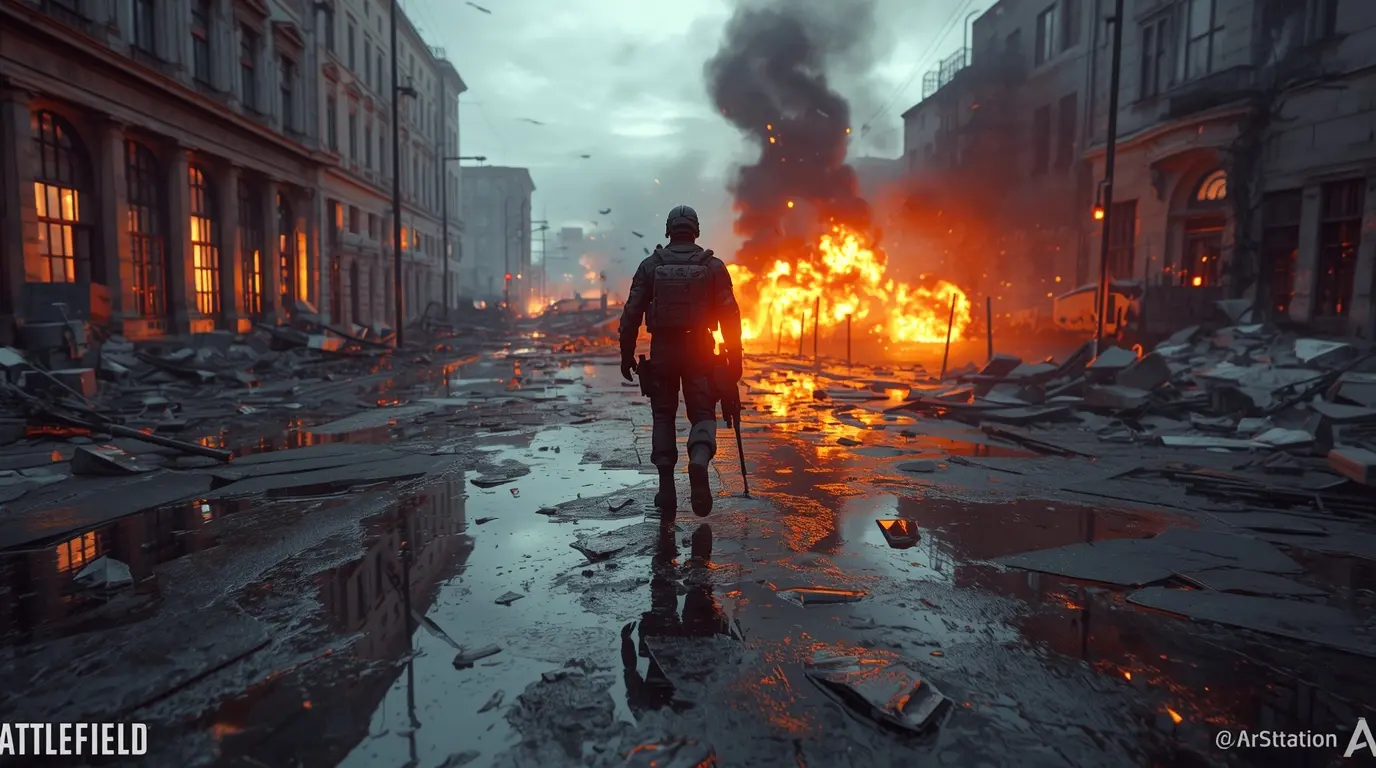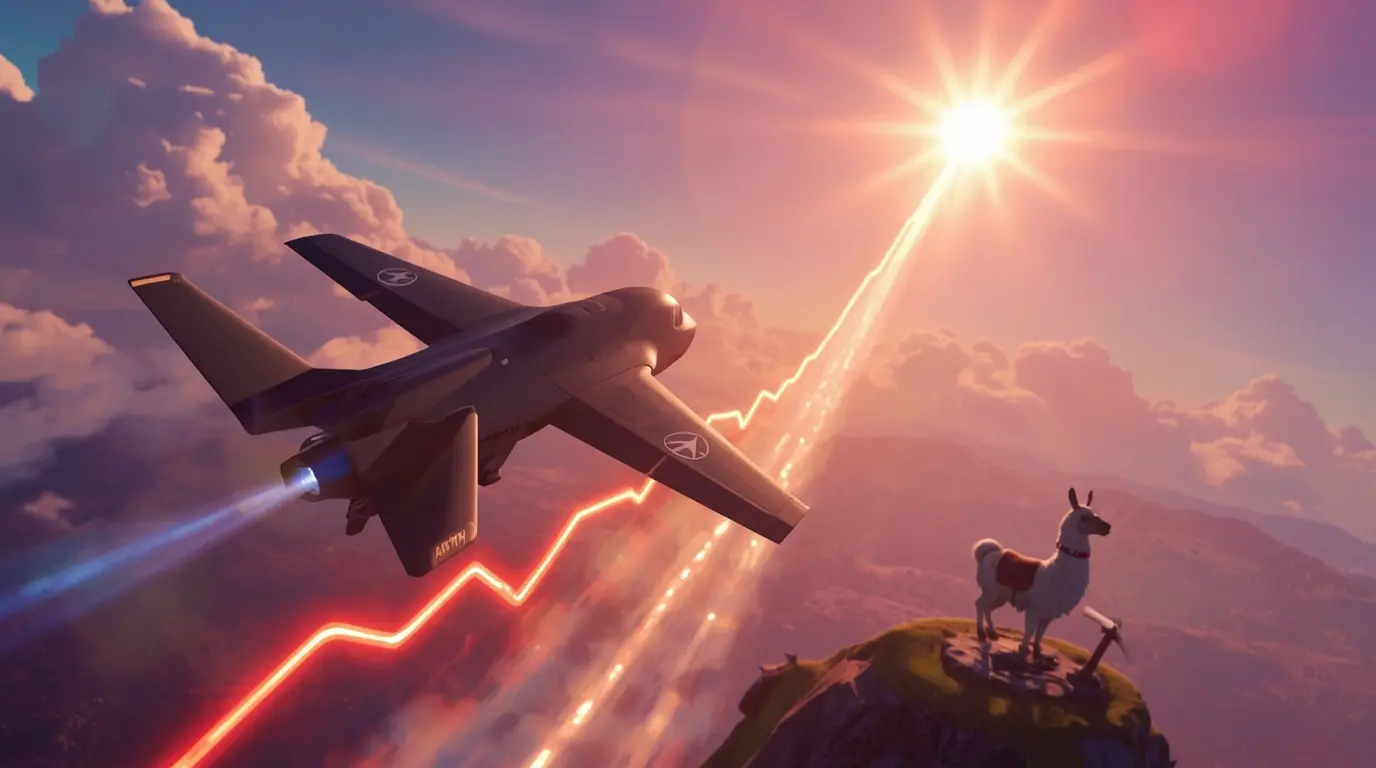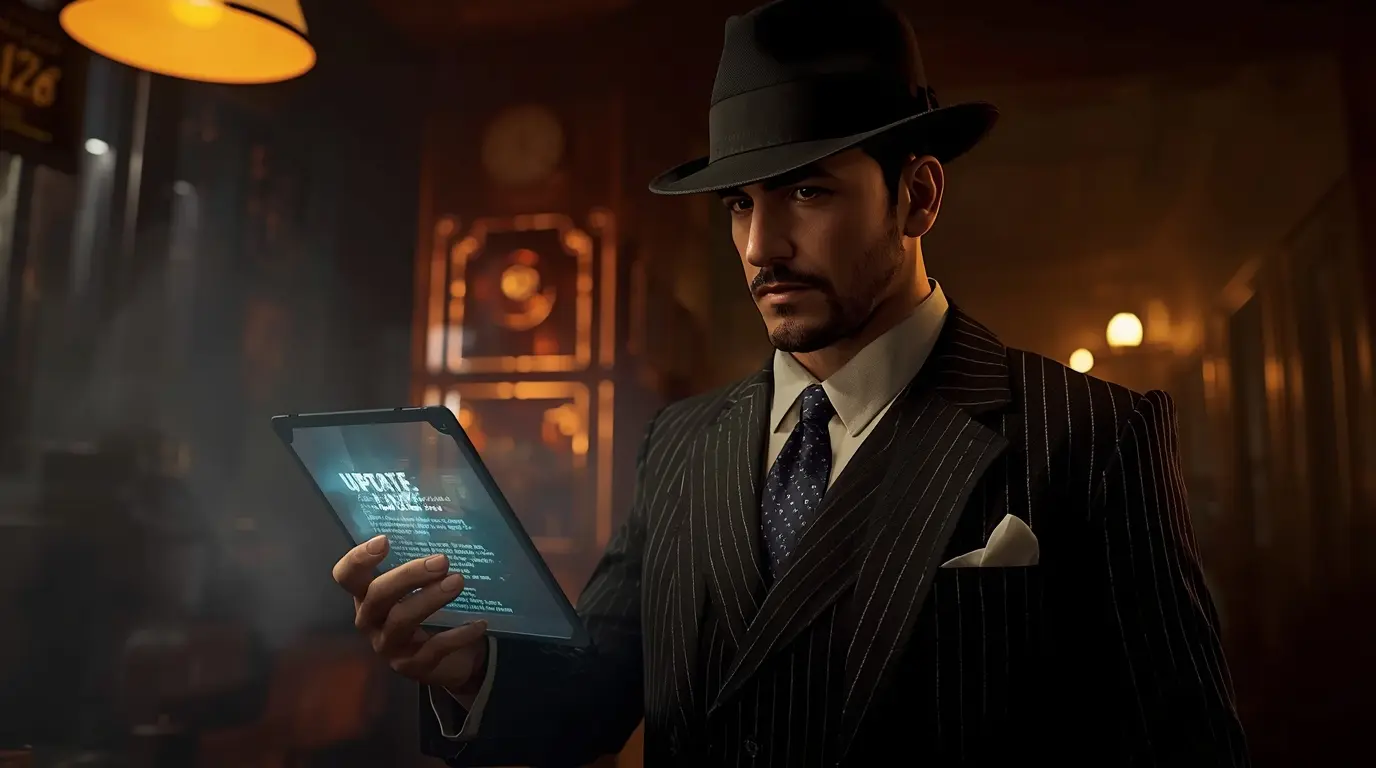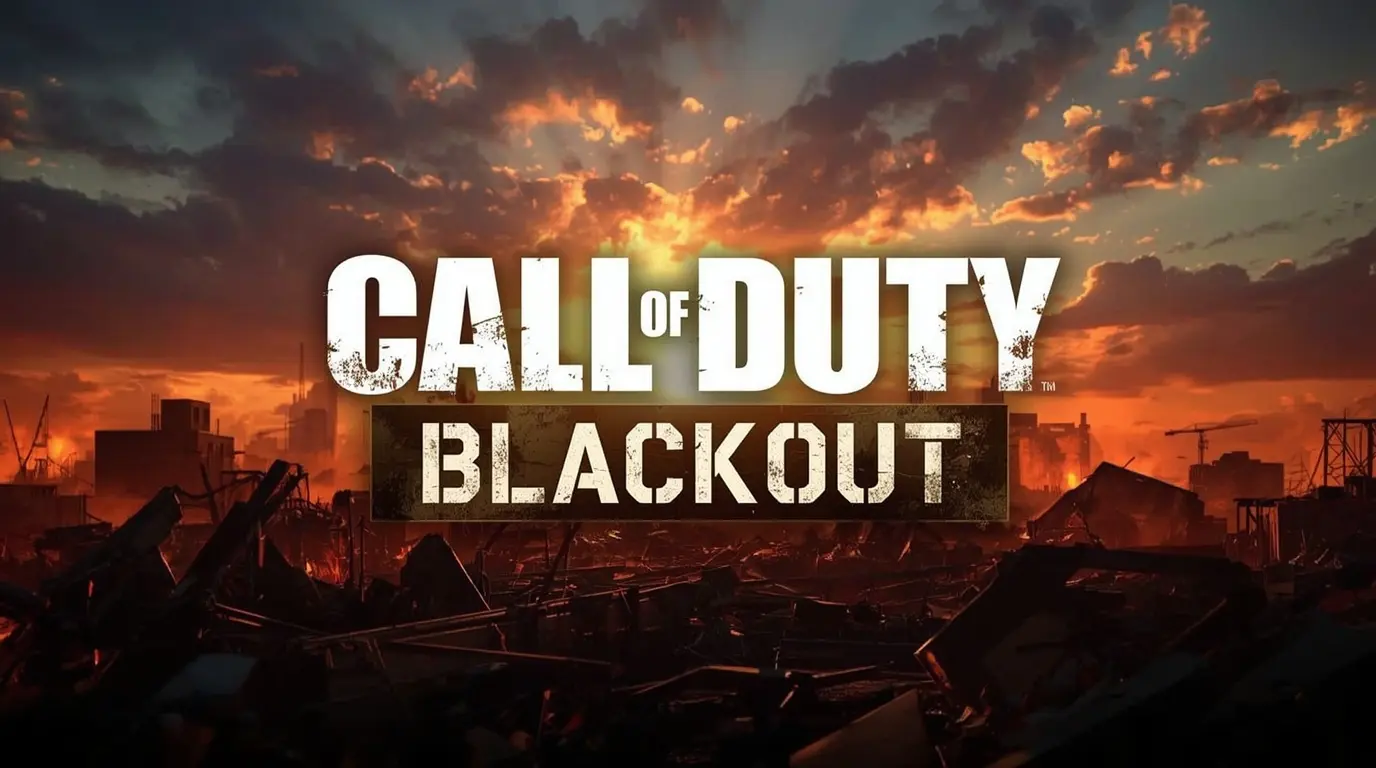In a shocking announcement that has sparked debate among gamers, Battlefield 6 has confirmed that it will not include ray tracing technology at launch, nor it has any plans to add it in the near future. This shift, discussed by Ripple Effect Studios’ Technical Director Christian Buhl, seems to stem from the need to enhance performance and accessibility, even at the expense of some graphical details. This is a far cry from the studio’s historical commitment to graphical advancement. This shift in focus from the industry as a whole is indicative of the changing priorities of developers and players.
Why Is Battlefield 6 Not Incorporating Ray Tracing?
As a rendering technique where a light interacts with 3D geometric objects to produce realistic light and shadow effects, reflections, and shadows, ray tracing has come to be a staple in modern AAA games. This has been the case even though ray tracing is a limited resource and often requires state-of-the-art hardware to operate sufficiently. Buhl emphasizes that in order to allocate all rays to the process of ray tracing to optimize game performance, “relatively early on” in development, the entire “default users” philosophy was adopted. This assumes the game was designed to ensure a smooth playing experience for Battlefield 6 gamers, even those on more outdated systems.
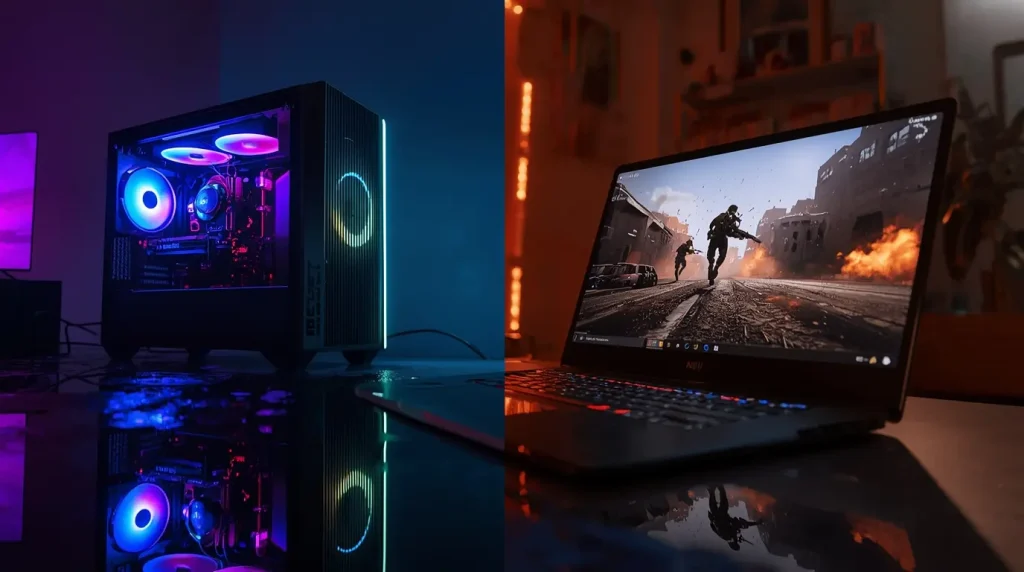
With graphically solid and smoothly performing first person shooters still hard to get right, the emphasis on performance means stutters and render lags could be much more damaging than seemingly crucial visual bells and whistles. Frame lags and stutter lags could overshadow the billion-dollar dollars being spent if the net value lost is higher. As mentioned, the point of focus is to keep the system performant even for ‘non’-players of the title. This means those who play optimize limiters to the lowest settings should still be able to play.
This philosophy is still forgiven to be a result of community first approach taken during the test phases of the game, where the focus and emphasis of feedback was on capture periods and stages irrespective of the world blowing up around them.
Pixels of Performance
The reason why there is no ray tracing in the game could be considered a philosophy, although one of more pragmatic stance. Each of the latest wave of AAA title has had a rise in system ask and critique due to the number of optimizations run along the development phase. Not having ray tracing seems to be counterfeit smug optimism. I also feel the development team wishes to burrow solace in the persistence of structure. Focus should be on the primary routes of performance like the ones mentioned – the games Portal mode, destructible environments and the other community favorite clutter.
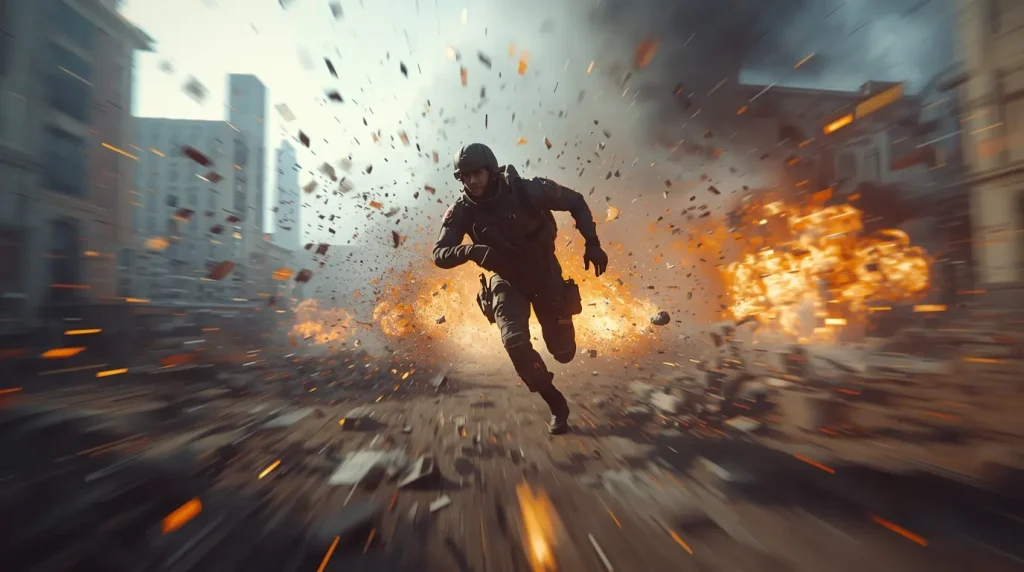
An important fact is that Battlefield V and Battlefield 2042 had some limited support for ray tracing, which makes the lack of this functionality in Battlefield 6 even more striking. Still, the developers believe that the gains in performance and broader accessibility of the game are worth the sacrifice. Battlefield 6 will use more sophisticated rasterization which can be done with far less computing power than ray tracing. Effects such as baked lighting, screen space reflections, and even global illumination can be used to produce stunning images that do not require hardware-accelerated ray tracing.
Community and Industry Reaction
So far, this news has been well received, especially among players who value competitive play more than graphics. A number of people claim that in fast-paced multiplayer games, ray tracing is hardly on, so its absence in Battlefield 6 is a trade-off for better performance, which is a positive thing. Others, however, seem to be more critical, particularly those with more powerful systems who are fond of the immersion ray tracing brings.
Even without ray tracing, Battlefield 6 is not deficient in graphical refinements. The title, for example, will offer more than 600 configurations on PC, encompassing advanced upscaling tools such as DLSS 4, FSR 4, and XeSS 2 Ample of these will assist players in improving performance and image quality independently of ray tracing. Moreover, Battlefield 6 will include NVIDIA Reflex latency reduction, which will further assist in promptly improving gameplay responsiveness.
The Bigger Picture: Is Ray Tracing Losing Its Shine?
The argument with ray tracing doesn’t stop at Battlefield 6. It has been elevated to almost cult status in regard to realism, for example, in shooting games, the actual value is hotly contested. Like Battlefield 6, Ray tracing was absent on launch for Call of Duty: Black Ops 6, which hints at a growing tendency in the competitive shooting genre. The general scaler is that ray tracing is a niche feature.
But like we said before, not every gamer will be turned off by realism—with the right computer, use of ray tracing could take the immersion the players feel in slower, narrative-driven gaming to the next level”. And the imrovement moments in gamer innovation do not have to be integrated at the expense of the current gamer experience. Rather, it seems like the eye candy feature being integrated into the game will likely triumph any added immersion. This premature call seems to be defense been doamnce in the game.
Insights
With the game going for release on the tenth of October, the absence of the ray tracing feature function will likely prove to be a wise decision. Emphasis on optimization and better performance sets the game up as a template for easy compete. That can be said to be running on a broad range of sysems. High chance it will stand cheers for compatibility. Lap players will likely be the most attracted by the absence of this feature since p a let of frames with smooth gameplay will win far more attention.
In the end, not fusion of frames and pixels gives the structure to the newest installment in the Battlefield series. That is likely the frame the, it is being build on, thin going the complexity and chaos of multiplayer.

Source: https://gamerant.com/battlefield-6-no-ray-tracing-why/
For more news and updates, visit our homepage for continuous coverage.

